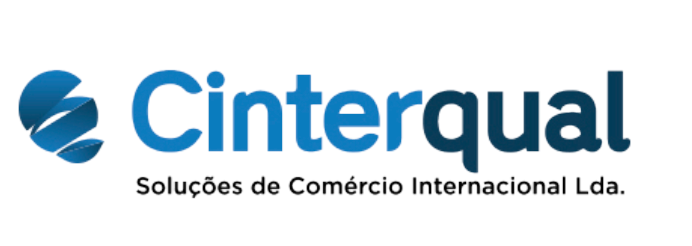Medical Device Labelling: A Practical Guide to Symbols
- Cinterqual

- Sep 1
- 2 min read
Updated: Sep 9

Labelling is one of the most critical steps in the commercialisation of medical devices. Beyond ensuring compliance with European legislation, it plays a vital role in user and healthcare professional safety.
In the European Union, labelling must comply with harmonised standards such as ISO 15223-1- Medical devices - Symbols to be used with information to be supplied by the manufacturer, which defines standardised symbols to be used on packaging, instructions for use and devices. These symbols allow for clear, universal and language-independent communication, conveying essential information instantly.
Why are symbols so important?
✔ Universality: Remove language barriers in global markets.
✔ Safety: Ensure users understand critical instructions, reducing risks.
✔ Legal compliance: Required by European regulations (MDR 2017/745 and IVDR 2017/746).
✔ Efficiency: Simplify the reading and interpretation of technical information.
Key Symbols in Medical Devices
According to ISO 15223-1, a wide range of standardised symbols must be used in medical device labelling. These symbols are grouped into categories, depending on their purpose and the type of information they convey:
1. Identification and Compliance
CE Marking – Indicates that the device complies with the applicable legal requirements of the European Union and can be placed on the European Economic Area (EEA) market.
Manufacturer – Identifies the company responsible for the design and production of the device.
EU Authorised Representative – Identifies the authorised representative within the European Union, required when the manufacturer is based outside the EU.
Serial Number (SN) – Unique identification assigned to an individual unit of the device.
Batch Code (LOT) – Identifies a group of devices manufactured under the same production conditions.
2. Important Dates
Date of Manufacture – Indicates when the device was produced.
Use-by Date (Expiry Date) – Indicates the final date until which the device can be safely used.
3. Safety and Use
Consult Instructions for Use (IFU) – Informs the user that the manual or leaflet must be read before using the device.
Consult Information – Refers to additional relevant information that must be considered.
Do Not Reuse – Identifies single-use products that must not be reused.
Reusable / Sterilisable – Indicates that the device can be cleaned and sterilised for multiple uses.
4. Sterilisation and Storage Conditions
Sterilised Using Ethylene Oxide (EO) – Identifies devices sterilised by this method.
Sterilised Using Heat – Refers to devices sterilised by moist or dry heat.
Sterilised Using Radiation – Indicates sterilisation by ionising radiation.
Keep Refrigerated – Device must be stored under refrigerated conditions.
Temperature Limit – Specifies the minimum and maximum temperature limits for safe storage.
Keep Dry – Indicates that the device must be protected from moisture.

Labelling Best Practices
Follow harmonised standards (ISO 15223-1).
Check MDR requirements – mandatory symbols for traceability, UDI and safety.
Update labels regularly, in line with regulatory changes.
Ensure legibility and contrast – symbols must be visible and adequately sized.
Train teams to correctly interpret symbols during inspections and audits.
Conclusion
Medical device labelling goes far beyond a formal requirement. It is an essential communication tool between manufacturers, healthcare professionals, and end users.
👉 If your company needs support with medical device documentation and labelling, Cinterqual can help you ensure compliance and clarity in line with international regulations and standards.






Comments